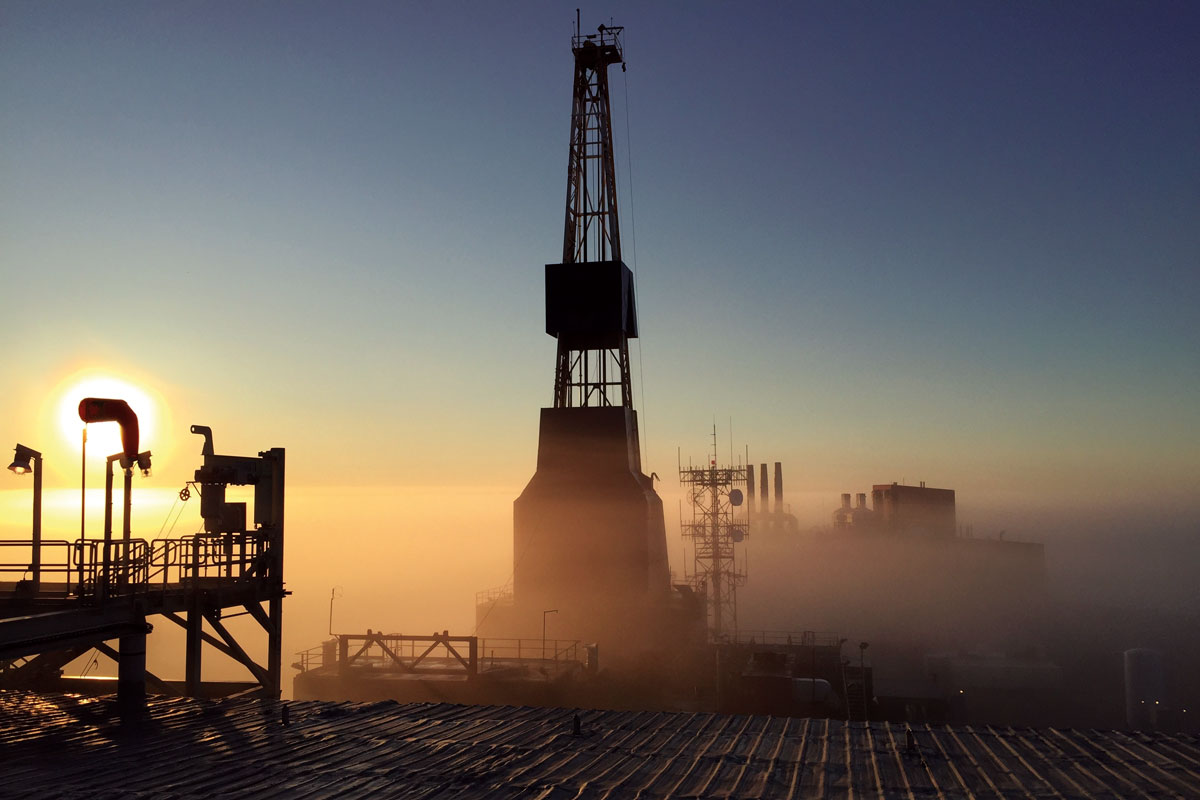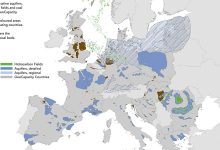Oil prices on upward trend
The price of OPEC basket of fourteen crudes stood at USD 67.60 a barrel on 29th January, 2018, according to OPEC Secretariat calculations.
The OPEC Reference Basket of Crudes is made up of the following: Murban (UAE), Saharan Blend (Algeria), Girassol (Angola), Oriente (Ecuador), Zafiro (Equatorial Guinea), Rabi Light (Gabon), Iran Heavy (Iran), Basra Light (Iraq), Kuwait Export (Kuwait), Es Sider (Libya), Bonny Light (Nigeria), Qatar Marine (Qatar), Arab Light (Saudi Arabia), and Merey (Venezuela).
Oil prices started 2018 on a strong note. The price of Brent oil with delivery in March had exceeded the value of USD 70/bbl, the highest level since 2014, at the end of the first decade of January (at the ICE Futures exchange in London). Extending the agreement of the Organization of Petroleum Exporting Countries (OPEC) to cut output and decrease US oil stocks pushed oil prices up, but in the long run analysts are not in a hurry to forecast a retention of the price rising trend, especially as production cut is not part of the OPEC culture.
Amid output cut and higher demand, boosted by economic growth over estimates, Brent oil prices, which had fallen to less than USD 30/bbl in early 2016, managed to climb to around USD 70/bbl. Oil demand covered by OPEC countries in 2018 is expected to reach 33.09 million bpd, compared to 32.89 million bpd in 2017, according to the forecasts of the organization.
Non-OPEC supply to grow
According to an OPEC report in January this year, the organization expects a higher supply from non-block members in 2018, as the U.S. shale oil producers take advantage of rising prices stemming from the extension, in November 2017, of the oil output-cut deal. The document shows that oil production in certain regions, especially in North America, will witness a consistent growth this year, as situation in the oil market has improved and prices are rising. The increase in U.S. production is also driven by the fact that shale oil producers have managed to cut their costs by 30-50% in 2015-2017, by improving technology and efficiency. It is estimated that oil production of non-OPEC producing countries will reach 58.94 million bpd, by 1.15 million bpd more than last year. According to OPEC report, global oil production witnessed in December last year a slight increase, reaching 97.49 million bpd, by 400,000 barrels more compared to November 2017.
How long will OPEC maintain the production low?
On the other hand, Damien Courvalin, the strategist of Goldman Sachs, specializing in raw materials and energy markets research, has stated in an interview with ‘Les Echos’ that oil output decline, orchestrated by OPEC, has never been part of a long-term strategy. As such, at a certain point in 2018, the organization will move to output growth. The problem is when. OPEC has clearly shown that it would do it gradually, once the global stocks are normalized, Damien Courvalin has stated. According to the current data, it seems that this stage is almost reached: the stock surplus has disappeared or has almost disappeared. OPEC will thus have to act quickly. Given that it is less optimistic in terms of normalization of stock surplus, the organization could delay the decision on resuming oil output growth.
The price could fall in 2019
Evolutions in 2019 are estimated to be less constructive – the expert from Goldman Sachs warns – because, at a certain point, OPEC will increase production. At the end of next year there will be more oil produced than estimated for example three months ago, which is why prices in 2019 will go down, the analysts believe.
Three party race
Damien Courvalin claims the U.S. is already the largest producer if ethanol and liquefied gas are taken into account. The race for the pole position takes place between three countries: USA, Saudi Arabia and Russia. Russia and Saudi Arabia, Courvalin warns, are producers with small costs and will strongly increase their production in the years to come. In the short term, the expert believes, the Americans can certainly outpace the other two producers, as the U.S. capacities are growing steadily. But in the long run, these three countries will each continue to invest with the clear purpose of increasing their production, with impact on oil prices.







